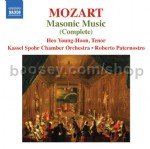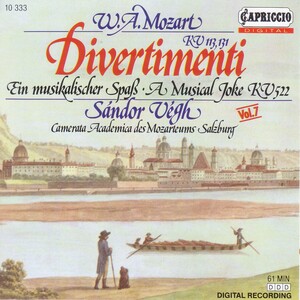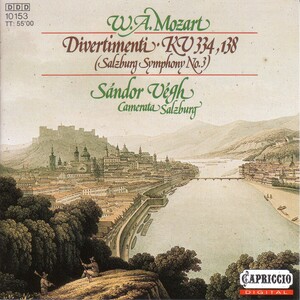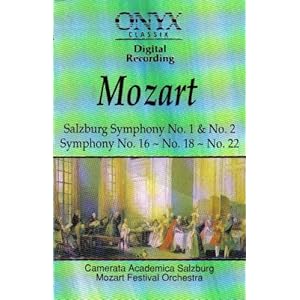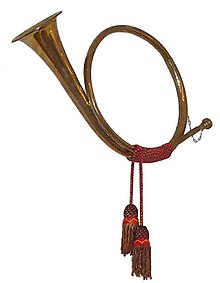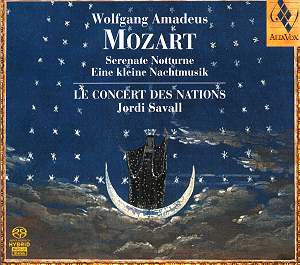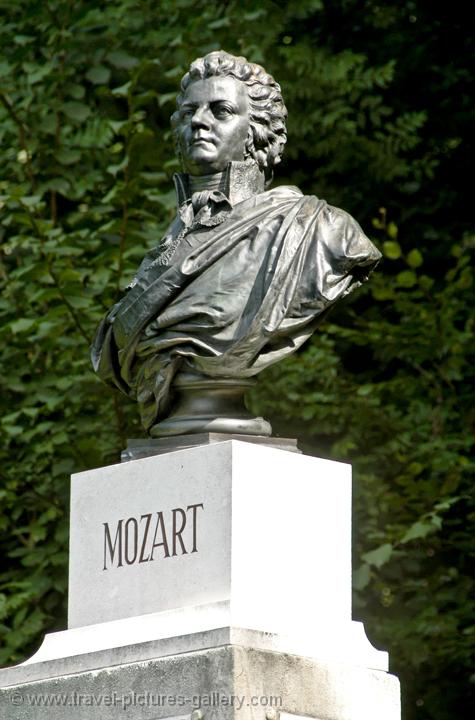
- aka the
'Haffner' Symphony, K.385
Mvt.1
Allegro con spirito
Mvt.2
Andante
Mvt.3
Menuette
Mvt.4
Presto
Haffner was a prominent family in Salzburg, where Mozart was born.
In 1776, Mozart was commissioned to write a serenade for the
wedding of a Haffner daughter. It was Mozart's Serenade No.7 (K250) with 8 movements, popularly known as the '
Haffner Serenade'.
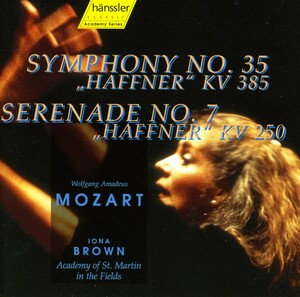
In 1782, Mozart was commissioned again, via his father, to write another serenade (as background music) for the
ennoblement of a Haffner son, the Salzburg mayor.
Mozart was busy elsewhere, and Mozart's marriage with Constanze Weber was not quite accepted by his father --- movements by movements the scores were mailed to the father, but seemed not all in time for the ceremony.
In the following spring, Mozart got the scores of the
Haffner Serenade No.2 mailed back from his father, and converted into this
Haffner Symphony.
